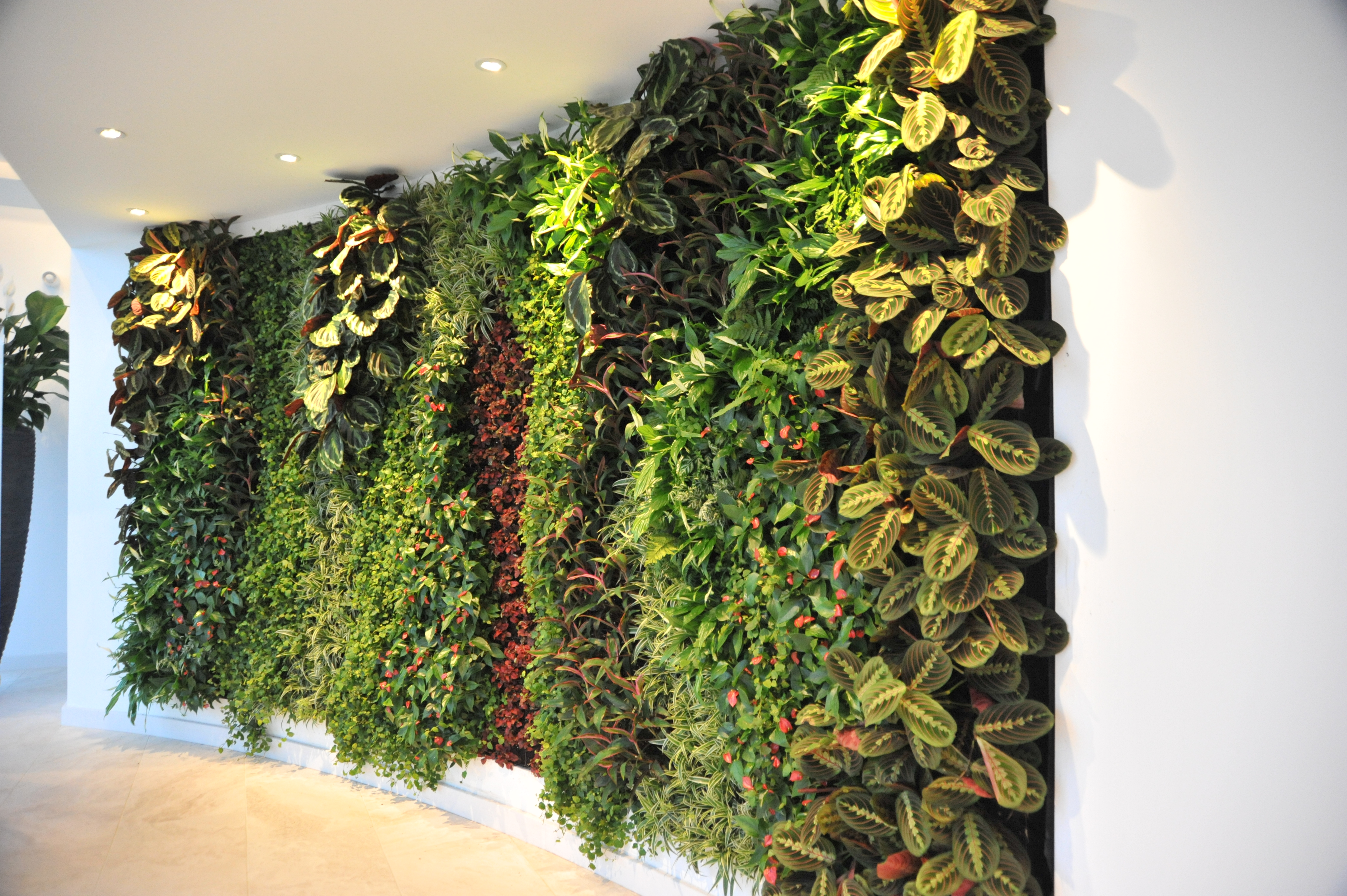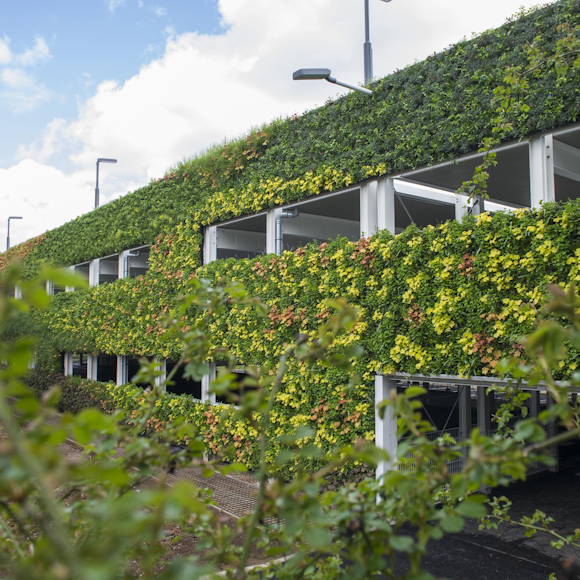As a popular design choice that echoes sustainability, living walls have transformed many types of buildings worldwide. From hotels, offices, and airports, through to hospitals, retailers, and even residential homes.
Whether designing a new building, upgrading an existing gone, or working on a landscape scheme, living walls can provide significant environmental benefits. They contribute towards purified air, lower ambient temperatures, and heat regulation, all whilst displaying a wonderful range of vegetation - so it’s clear to see why they’re a popular design choice for clients.
But for architects, or anyone else proposing living walls as part of a concept, it’s always helpful to gain as much knowledge as possible in order to present an effective living wall solution.
So, in order to help architects bring their future projects to life, here are our top tips for a smooth living wall integration.
1. Location
The first step to making sure your living wall projects go as smoothly as possible is analysing the potential location. By surveying the area in which the living wall is being proposed, additional requirements for the living wall to thrive can be noted and catered for.
For example, light and shade, ambient temperatures and expected rainfall in the location should be assessed. The living wall’s aspect or elevation is a key consideration too. Think to yourself, are there any buildings in the vicinity that could create shade? What about any newly planted trees nearby? Will they grow and cause shade in the future?
It’s extremely important to analyse the location and how surroundings could affect the optimal point of installation, as well as plants used - which leads us nicely onto the next point.
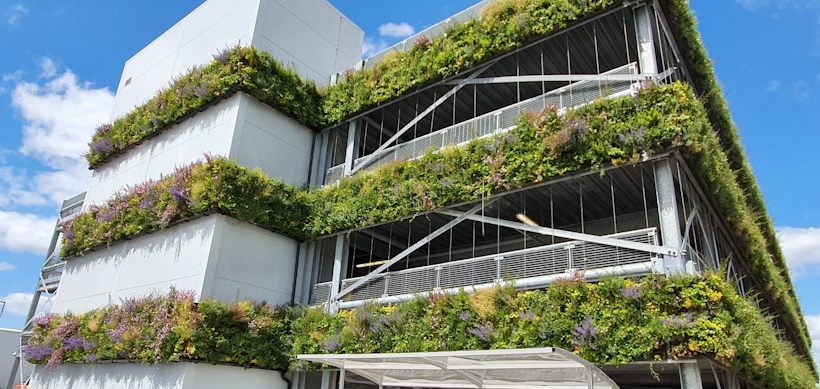
2. Plant selection
Taking into account the location factors, such as shade, temperature, and expected rainfall, your plant selection is very important. Not only must you ensure compatibility with the local conditions but must also choose a matching combination of plants within a module for long-term survivability.
For example, placing dry and wet plants in the same module would cause problems for your living wall. As some plants in this situation may demand higher volumes of water, sun, and shade, keeping them alive becomes a struggle. On the flipside, by matching species with similar characteristics, you make aftercare and maintenance a whole lot easier.
On top of this, you must also have a strong understanding of the living wall’s purpose in order to select the optimal plants. A living wall focused on enhancing biodiversity may feature different species to a wall purely designed for aesthetics.
At Viritopia, we’ve installed over 33 million plants worldwide and use our wealth of plant knowledge to help architects and developers integrate the right living wall solutions. We recommend the very best plant species fit for each project we’re faced with, ensuring long-term environmental assets for our clients. If you’re looking to speak with an expert about your living wall project or needs, get in touch with us today. We’re always happy to talk through your requirements and answer any questions you have.
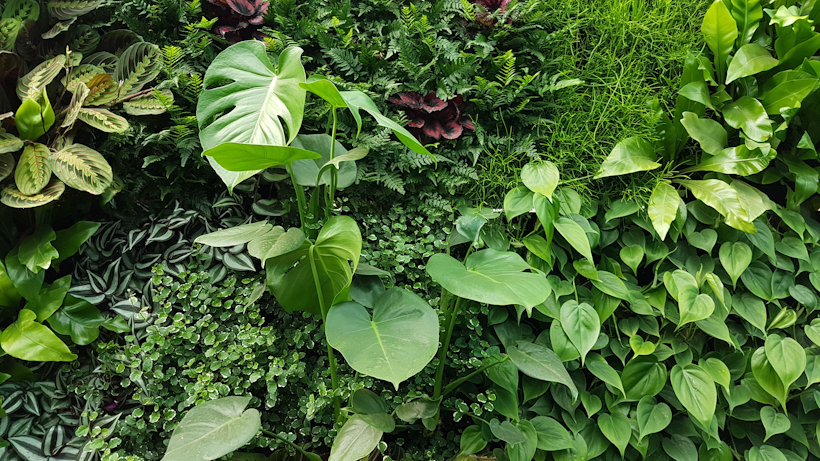
3. Integration with the façade itself
Often at times, living walls are added towards the end of a new building construction scheme as simply a ‘box ticking’ exercise. This means that a form of sustainable architecture has been requested, likely in the hope to meet Biodiversity Net Gain targets. However, a far better way to approach the integration of a living wall is to factor it in from the beginning – and here’s why.
By including a living wall system from the start, you may find the façade material can be mitigated, saving you a lot of money. Here at Viritopia, we can avoid the need for expensive cladding when introduced to a project early on. By analysing the project from the get-go, we can take a comprehensive approach and recommend the best course of action.

4. Irrigation
Irrigation enables a living wall to flourish, ensuring all plants remain healthy throughout their lifetime. Because of this, a nearby water source should be located prior to the design of a living wall.
The water connection and/or reservoir should also be planned appropriately, with water filtration playing a big part in the living wall integration. Essentially, access to a water source is your main priority, followed by a proper water management system.
Without filtered water, pollutants can cause contamination to the system and your living wall won’t thrive in these conditions. So, before a living wall solution is proposed, make sure the water connection is ticked off.
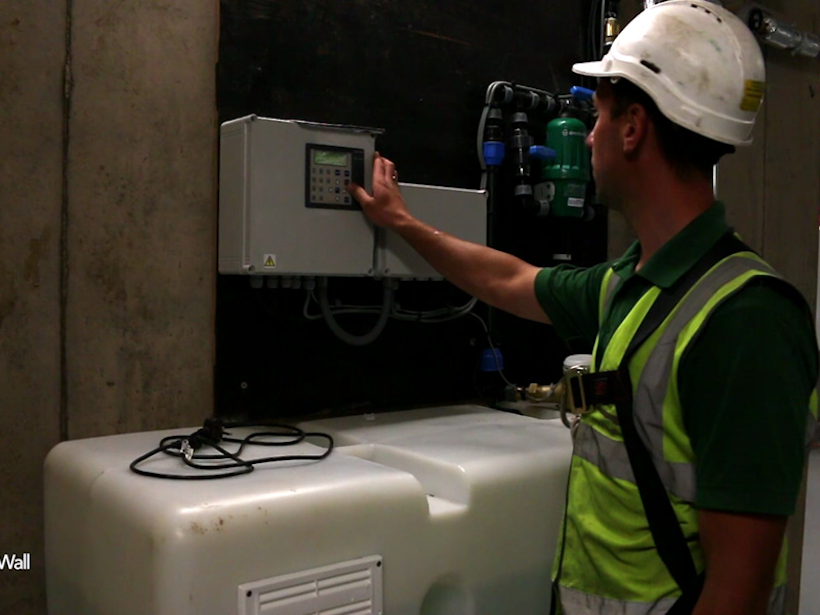
5. Access
A critical but sometimes forgotten point. Access to the proposed living wall needs to be carefully considered to avoid any installation or maintenance problems.
Have you thought about how the living wall will be accessed for maintenance twice a year? Is there an accessible route allowing a team to trim and prove the living wall? Do health and safety measures of the building allow for this type of access? And what about internal walls 3, 4, even 5 or more stories high? These are just a few questions to ask yourself when looking to integrate a living wall into your design.
6. Other useful tips:
- You can have a thriving living wall on a north facing façade. Just design accordingly with shade loving species.
- Trims can finish off a wall nicely if it isn’t flush with the façade.
- Address maintenance with the client as early as possible, as it can be included in the cost consultants reports in the service charge of the building. Maintenance cost is usually only 10-12% of the overall cost of the living wall per year.
- Using the plants and growing medium, you can design a living wall for a specific purpose, such as to improve air quality or biodiversity in the local area.
- If you design right, a living wall can help you work towards environmental standards or awards.
- If you’re concerned about the fire regulations around living walls, make sure to take a look at what can and can’t be done. Our blog on living wall fire regulations covers all you need to know on this topic.
Concluding an architect’s guide to living walls
We hope the above points come useful when integrating your living wall design. But if we could stress just one thing that’s most important when brining your vision to life, it would be this: Plan for your living wall early on. Rather than just proposing a living wall, think it through and use a trusted partner to guide you from the very beginning. Interdisciplinary design is crucial for a long-lasting and smooth living wall project. So, by gaining the knowledge and insight from a trusted partner, you’ll be set-up for living wall success.
At Viritopia, we design, integrate, and maintain living wall systems to support architects in achieving ecological and regulatory requirements. By forming a detailed analysis through our consultancy offering, our team take projects to the next level and capitalise on environmental assets. For more information on how we can help your living wall project, get in touch today – we’d love to hear from you.
